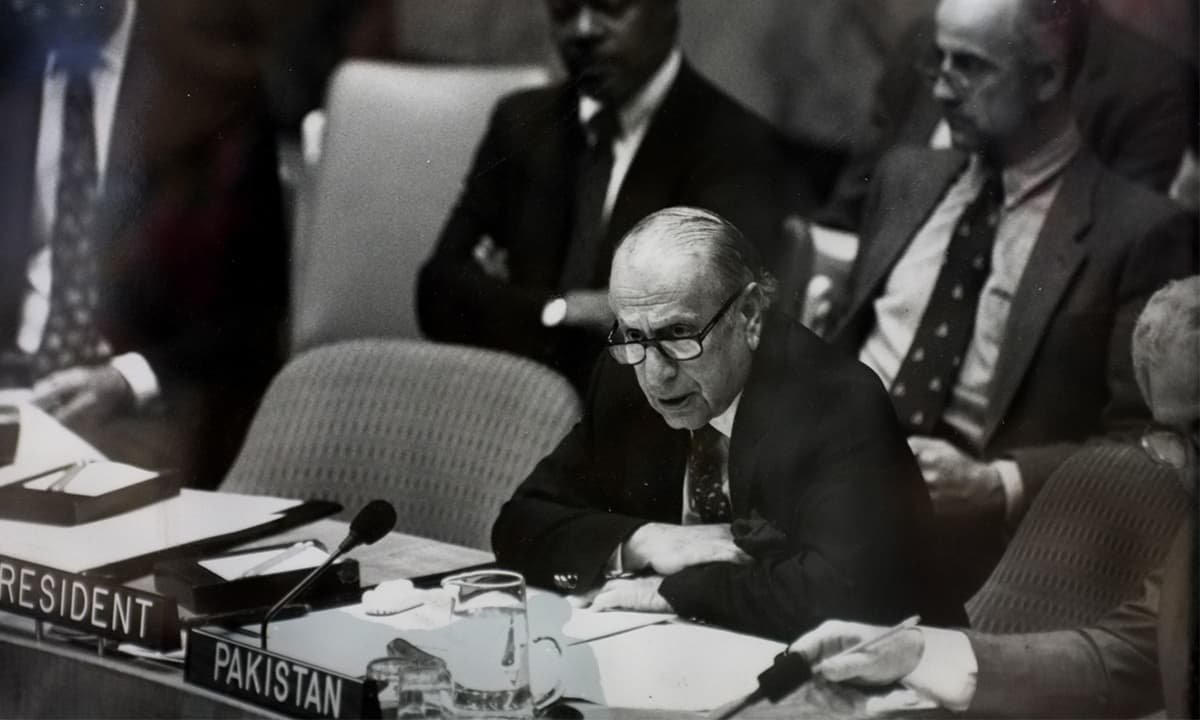Only 1 of 4 sanatoriums open, Parsis seek revival of heritage bldgs
With just one of the four Parsi sanatoriums in the city — built by philanthropists towards the end of 19th or early 20th century — surviving, members of the community have demanded that these heritage buildings be revived, and not be sold off to builders.
According to Marzban Giara, a Parsi historian, the four sanatoriums — built near the sea, at Juhu, Bandra, Colaba and Kemps Corner — were used by members of the community back when there weren’t enough houses for Parsis in their colonies. A lot of them would stay in these sanatoriums, moving from one to the other, until they were allotted houses. They were also used by poor members of the community, visiting Mumbai from other cities, and by the sick to recuperate.
Of these, while the one at Juhu does not exist anymore, the sanatorium at Bandra is being used by some community members and there is a court dispute over the same. The sanatorium at Kemps Corner has been shut, while the Colaba one is also embroiled in a dispute. Urvax Dhanda, who stayed in these sanatoriums for five years in the 1990s, said the community needs these heritage buildings. “The sanatoriums would always be full. They were provided with basic facilities and would get electricity after sunset. A lot of us would move from the Petit sanatorium to the one at Bandra and Jasswalla sanatorium at Juhu. The one at Juhu doesn’t exist anymore, while the Bandra one hardly houses a few people. The Petit sanatorium has been shut. The community requires these sanatoriums and if they are opened, people would still use the service,” he said.
Giara said the sanatoriums would have survived had they been managed well. “These sanatoriums have this palatial look because they are old, and at that time heritage guidelines didn’t exist. They were meant to be temporary structures and would have survived if they were better managed. However, later some people kept staying there, refusing to vacate. This created a trouble for the trustees.”
Kersi Randeria, a trustee of Bombay Parsi Punchayet (BPP), the caretakers of the Sorabji Byramji Sanatorium at Bandra, said that while there are few people who stay there currently, the cost of maintaining these structures is very high. “The population of our community has been declining and now there aren’t many left homeless in the community. This is why not a lot of people use these sanatoriums. We needn’t monetize the properties completely, but it can be used in a way that the community benefits from the facilities created by our forefathers,” said Randeria.
Tehmtan Dumasia, a resident of Godrej Baug, who stayed at these sanatoriums for three years, recollects how every three months they had to exchange rooms with their neighbours as otherwise they would be considered as tenants. “People would come in from other parts of the countries for weddings or if their houses were getting renovated. If a newly married couple was planning to start a family, they would stay there,” said Dumasia.
Apart from demanding the revival of these sanatoriums, members of the community are also concerned about some of these heritage structures being sold off to builders. Last month, Khushru Zaiwala, an advocate, sent a notice to trustees of Framjee Dinshaw Petit Parsee Sanatorium at Kemps Corner, alleging workers sent by a construction firm were found taking measurements at the property. The sanatorium is protected as a grade-III heritage structure under Mumbai’s urban heritage conservation laws, which allows only changes and adaptive re-use for such buildings. The letter, a copy of which is with HT, stated: “In the interest of justice, it is prayed that the present trustees carry out the intentions of the original donor and reopen the said charity, for the benefit of the needy of the Parsi community and obliged, failing which it would amount to the breach of trust.”
Zaiwala said the sanatorium was built by Sir Baronett Dinshaw Petit for his elder son. However, after his son passed away young, Petit donated the house to charity and it was used as a sanatorium. Later, it was used to house Zoroastrian families waiting for a house in community colonies. “There are a lot of Parsis who require housing. Instead of trying to monetize the property, it needs to be used for the actual purpose that it was built for,” said Zaiwala. However, the manager of the sanatorium denied having received any notice from Zaiwala, and said the structure has been shut for around a decade now as it needs repairs. “We cannot let people stay here because the structure is in desperate need of repairs. We have also called for tenders. Once we get the right quotation, the restoration work can start,” said Mehroo Srivastav, manager of the sanatorium.





